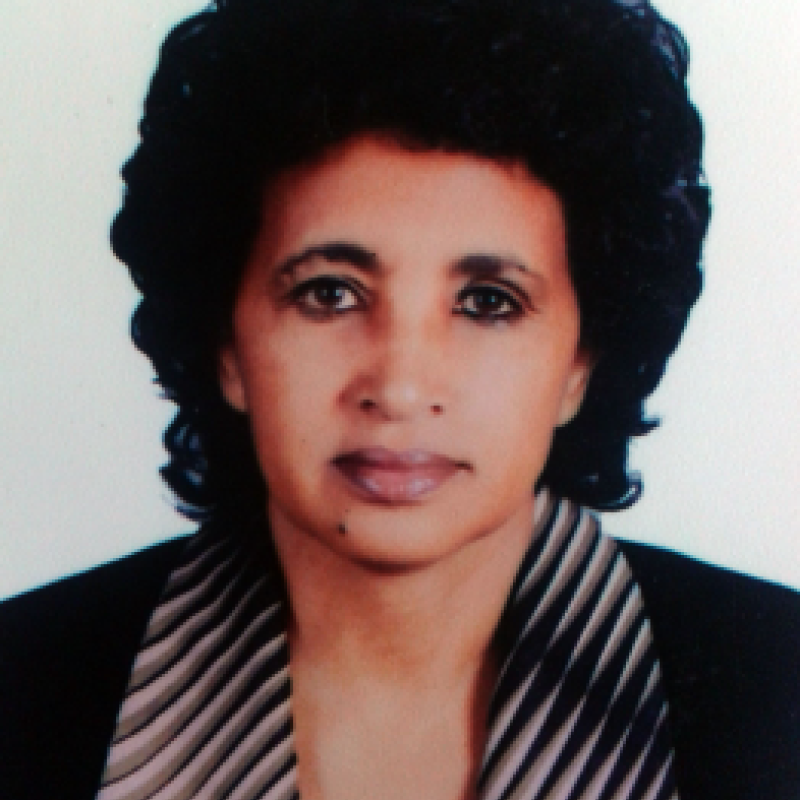I have rich and progressive technical knowledge and expertise in: market oriented and climate smart agriculture/livestock and natural resources management. I have dependable expertise in natural resource management and I have experience in livestock related drought risk management (increasing resilience, emergency preparedness and response). I have also knowledge on climate change impacts and events, and relevant climate change adaptation and mitigation measures as well as their coordinated implementation.
I have expertise in initiating, planning developing, implementing, monitoring and evaluating national/regional livestock development programs and projects designed within the context of food security, poverty reduction and enhancing economic growth, without compromising natural resources.
I have expertise in agriculture/livestock/natural resource relevant: policy formulation and preparation of proclamation; designing of strategies; development of programs and projects; implementation, monitoring and evaluation of programs and projects. Over the years, I have successfully initiated/coordinated/led/ technically assisted in the: formulation/preparation of development policies/proclamation; designing of strategies; preparation of programs and projects; and in the implementation, supervision, monitoring and evaluation of government, EU, AfDB and FAO financed national/regional projects.
Over my professional working years, I have demonstrated technical/ leadership/managerial excellence in various livestock and natural resource management/ development works in Ethiopia, and in other Eastern Africa countries, working under different levels and capacities: from grass-root level working as junior Animal Feed Resources Development and Nutrition expert to the level of Director of Livestock in the Federal Ministry of Agriculture in Ethiopia, Team Leader, Natural Resources Management in the Africa Union-Inter-Africa Bureau for Animal Resources (AU/IBAR), Nairobi, Kenya, and as a senior animal production and natural resource management consultant working for regional and international organizations including FAO and AfDB.

Hadera Gebru Hagos
Senior Consultant, Natural Resource Management and Livestock Specialist Freelance ConsultantMy contribution to the ongoing discussion:
Thank you Yosi for raising this important and contemporary discussion topic.
In my experience in development project evaluation and project preparation works (projects related to agriculture/animal farming and natural resource management), indicators are inbuilt in the development projects. The indicators can be direct indicators or proxy indicators. During development project evaluation, evaluators are provided with “TOR” to evaluate the success of the project. In doing the evaluation works, indicators inbuilt in the project document and their respective means of verification are core base for the evaluation work. The type/nature of the development project (say is the project climate smart/environment friendly) determines the level of contribution of the project to climate change mitigation and adaptation.
Thus at the stage of development project evaluation, I believe evaluators mainly depend on the indicators inbuilt in the project. So the question would be: was due attention given to prepare and implement climate smart projects, in the face of the alarming climate change; and what indicators are used/can be used to measure the level of the projects’ contribution to climate change mitigation and adaptation.
Since the last 10-15 years or so, development partners including financial institutions at all levels (national, regional and at international levels) are better aware and have better understanding of the alarming climate change . They understand climate change is real, although, it is true that the level of awareness/understanding varies.
To this end, I believe substantial efforts have been made by relevant development parties including FAO, among others, to identify, made available and promote/scale up climate smart agricultural/animal farming/fishing practices to mitigate and adapt climate change. These days it is becoming mandatory in most cases (when situation allows) to design and implement climate smart development projects. That is projects, which contribute to climate change mitigation and adaptation. Said so: how can then the climate change mitigation and adaptation contribution levels of climate smart development projects be measured? What type of indicators can be/have been used? Direct indicators or proxy indicators?
My experience: To mention one of the development project evaluation works I was involved in was, in the evaluation of the “National Livestock Development Project implanted in Ethiopia, which was thoughtfully designed to be climate smart/environment friendly”. Among others, this project has employed different climate smart practices with the aim to overcome/decrease animal feed shortage. The understanding during the preparation of the project was to reduce the emission of the major Greenhouse Gases (Carbon dioxide, Nitrous oxide and Methane), by employing climate smart practices, while also meeting the objective of the project. Under the animal feed improvement component of the project, the activates carried-out include:
Indicator(s): number of farmers growing forage in their back yard; rate (%) of adoption; yield of forage produced;
Indicator(s): Size of the established pasture; yield of forage produced; and number of communities, which established pasture; rate (%) of adoption;
Indicator(s): area /size of pasture rehabilitated; yield of pasture produced;
Indicator (s): area/size of crop land under sowed; number of farmers that under sow their cropland; yield of forage produced from the land; rate (%) of adoption;
Indicator(s): No of fodder trees planted; number of farmers who planted fodder trees in their crop land; rate (%) of adoption; and yield of forage produced.
The above indicators are proxy indicators (indirect indicators), are, which are assumed to be related to direct impacts, in this case to the climate change mitigation and adaptation contribution levels of the animal feed improvement practices. All the animal feed improvement practices employed by the project, are believed to contribute to climate change mitigation and adaption. To mentions some, they: